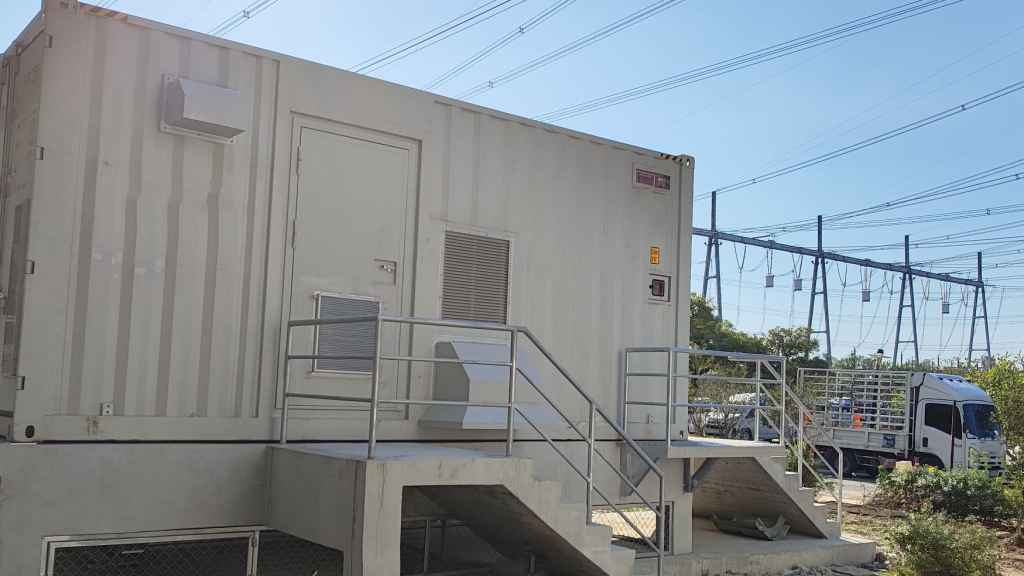The storage battery core of “one kilowatt-hour” has recently appeared frequently in the market, attracting high attention from the industry.
From an integrated perspective, in the context of supporting the 20-foot standard energy storage system container, the “one kilowatt-hour” storage battery core forms a system capacity of exactly 5MWh, can squeeze out the nominal moisture content of the battery, and has the minimum overvolume, which reduces the initial investment cost for customers and further reduces the cost per kilowatt-hour of energy storage.
More intuitively, previously the 280Ah core was used in the energy storage system container with a capacity of around 4-5MWh, and now using the “one kilowatt-hour” core can achieve a capacity of 5MWh in a 20-foot standard energy storage system container. The reduction in product size under the same capacity can greatly save costs in terms of land infrastructure and box manufacturing.
From the core level, at what capacity can it meet the requirements of “one kilowatt-hour”? At present, the industry’s louder call is for “314Ah”. According to the national standard 36276, the charge and discharge capacity of Pack and Rack levels must be greater than or equal to the rated capacity. After calculation, 314Ah happens to be the lower limit of this standard’s capacity.
What are the benefits of energy storage system integration with 314Ah core?
First, the increase in energy density brought by the 314Ah core reduces the number of Packs, which can allocate system costs; second, the 314Ah core is compatible with the mainstream PCS and can stimulate the potential performance of the PCS when used together; third, it is easier to achieve a system capacity of 5MWh with the 314Ah core, which is in line with the development trend of energy storage systems with a capacity of 5MWh.
However, “314Ah” is not the only standard.

The challenge of using 320Ah core in energy storage systems
There is no essential difference between 314Ah and 320Ah, and the actual capacity of both batteries is around 330Ah. The increase in cell capacity poses higher challenges for processes and manufacturing, and the 314Ah core is currently a balanced choice between performance, yield, and cost in the energy storage market.
The increase in cell capacity brings problems such as increased internal resistance, decreased yield, and inconsistency within the cell, which pose higher requirements for safety protection, product design, testing, and production for energy storage equipment companies.
The above issues are also challenges for battery companies.
Some viewpoints also point out that when the inverter is used in conjunction with the battery cell, the voltage range will be reduced, and integrators will require the actual capacity of the battery cell to be higher than the rated capacity by 2%. The use of 320Ah cells can ensure the discharge requirements during actual grid connection.
Overall, the storage battery cores with capacities of 314Ah and 320Ah both have their own merits and are likely to become standard products for 300Ah+ cells in the future, empowering the energy storage market with higher capacity needs, lower costs, and stricter safety requirements.
